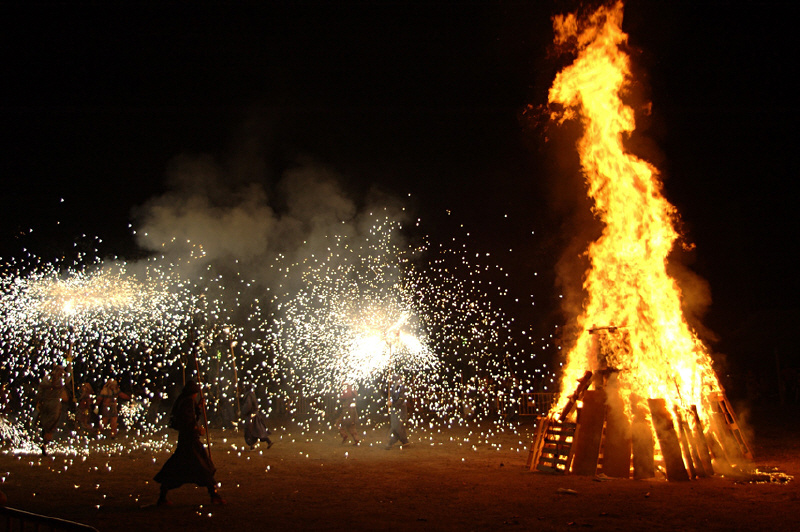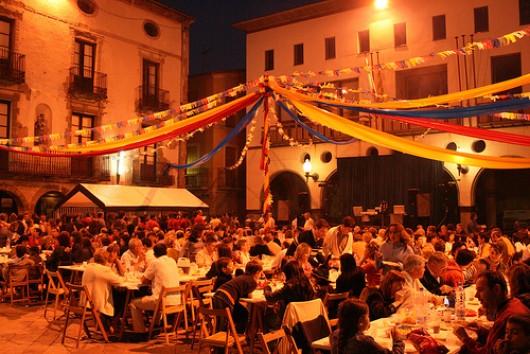The festival of Sant Joan takes place between June 20th till 24th and is a huge party full of bonfires, fireworks, music and dancing.
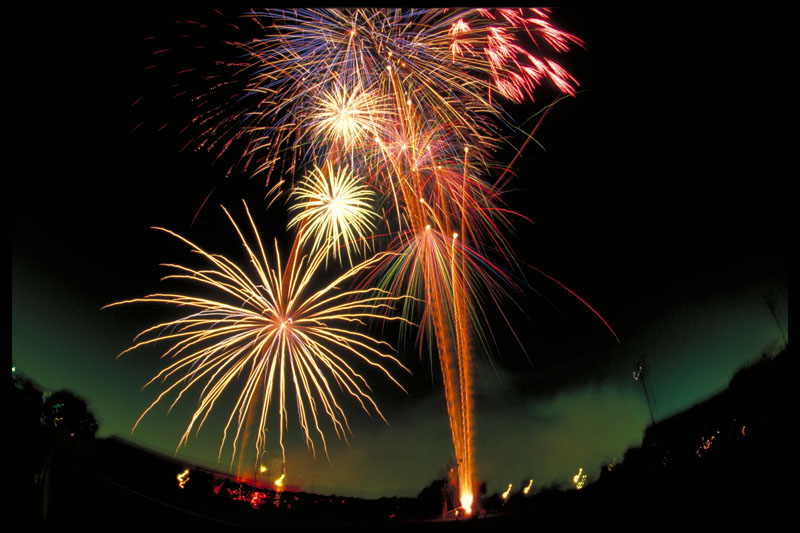
Six months after Christmas the arrival of the summer solstice is celebrated during the shortest night of the year. The celebrations of Sant Joan are of pagan origin and consist to a greater degree of inherited rituals, practices and customs originating in pre-Christian celebrations.
The night of Sant Joan, 23 of June, is the shortest of the year in the northern hemisphere and basically means the triumph of light over dark. The basic characteristics of these rituals are fire, water and the sun. Legend has it that the bonfires that burn on this night can cure diseases of the skin and cleanse the body and soul. One can even change a bad year into a good one simply by jumping over the bonfire a minimum of three times.
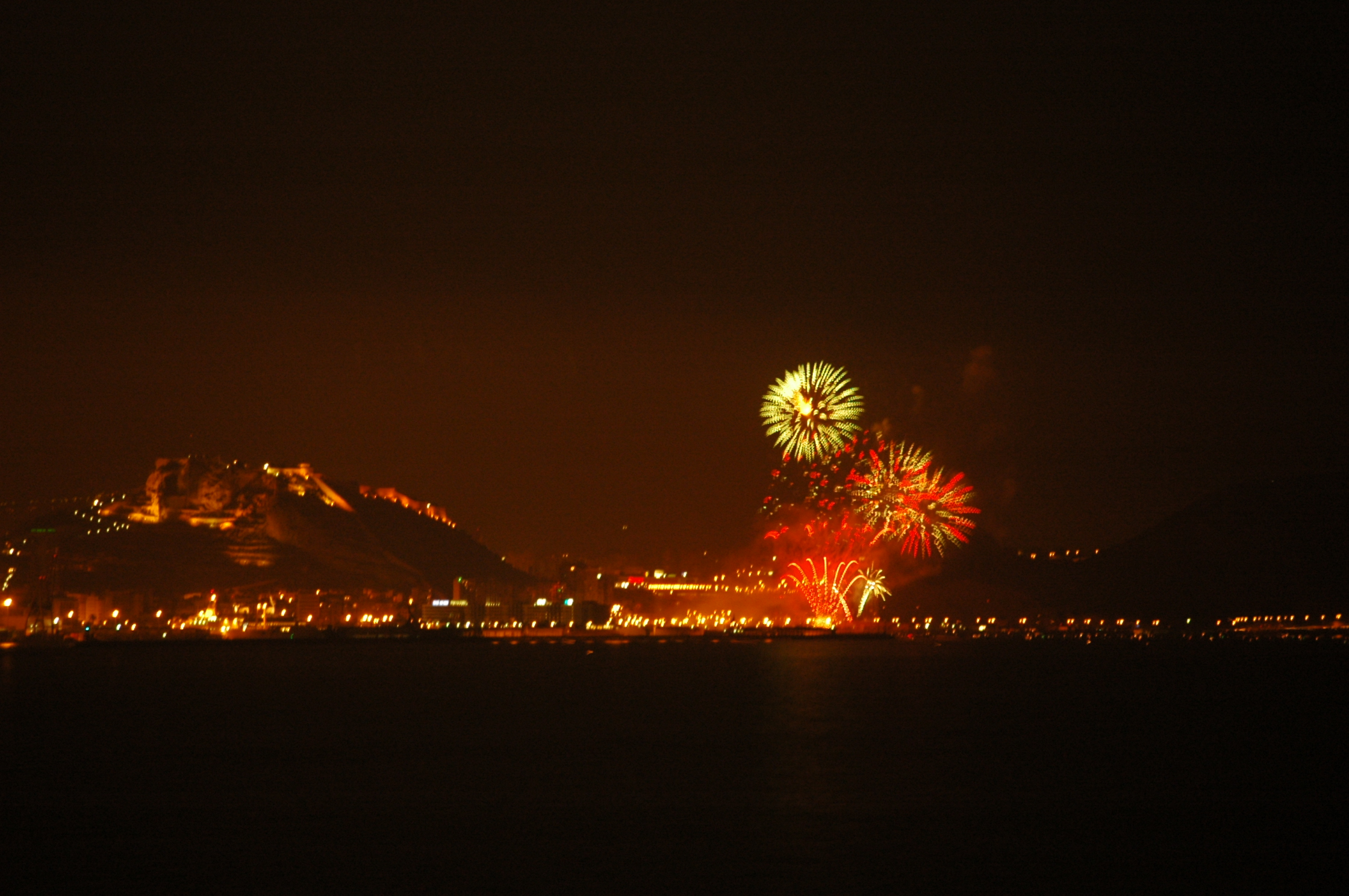
La Nit de Sant Joan
Sant Joan in Spain marks the start of the summer. This is is the midsummer solstice celebration, which is the day that has the longest period of daylight in the year (not to be confused with the “Equinox” days, which are the days when the day and night are of equal length. The Equinoxes occurs twice a year usually in March and September.) The Nit de Sant Joan celebrations in Spain and Barcelona are on the evening of the 23rd June. The next day is 24th June which is Saint John’s day and a public holiday in Catalonia and Spain. The Sant Joan festivals and fiestas are from sunset on 23/6 to sunrise on 24/6 on the eve of Saint John’s day. The Sant Joan festival is often called “La Nit de Sant Joan” – the night of Saint John. The fiestas are also called “verbenas” or “revetllas,” which means open-air fiestas or celebrations.
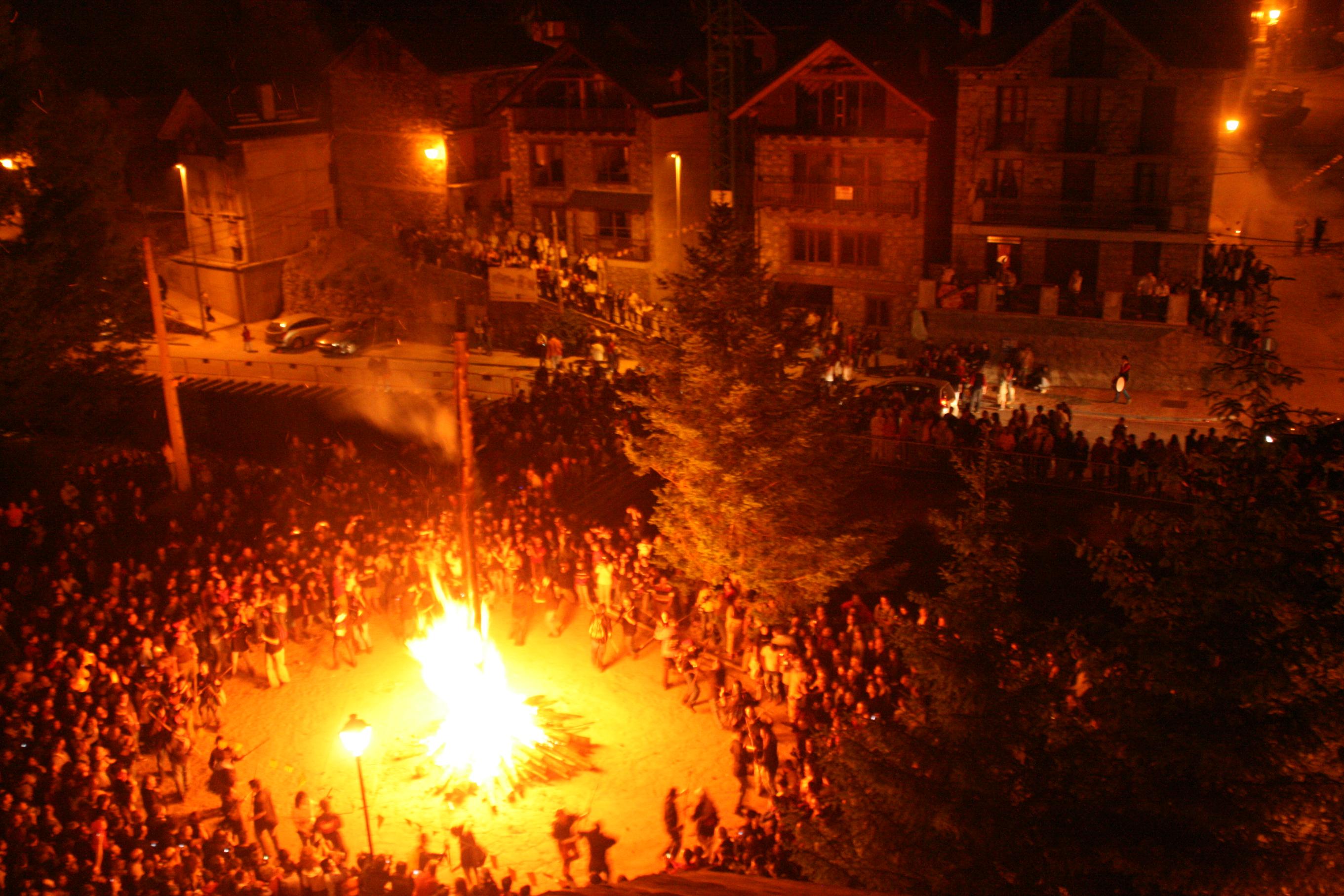
A tradition from ancient times
The summer solstice was considered the most important event of the solar year in ancient times. Fire was celebrated on this day as the symbol of abundance, purity and fertility and to this day fire and fireworks are one of the central elements in the Festival of Sant Joan with fireworks and bonfires illluminating the skies of Barcelona. Visit the Barcelona city Nit de Sant Joan website http://www.bcn.es/santjoan for more details about verbenas firework displays and bonfires all over the city where you will usually find information about events in each neighbourhood (barrio) of Barcelona, and plenty of information about Sant Joan traditions along with fireworks and bonfire safety information.
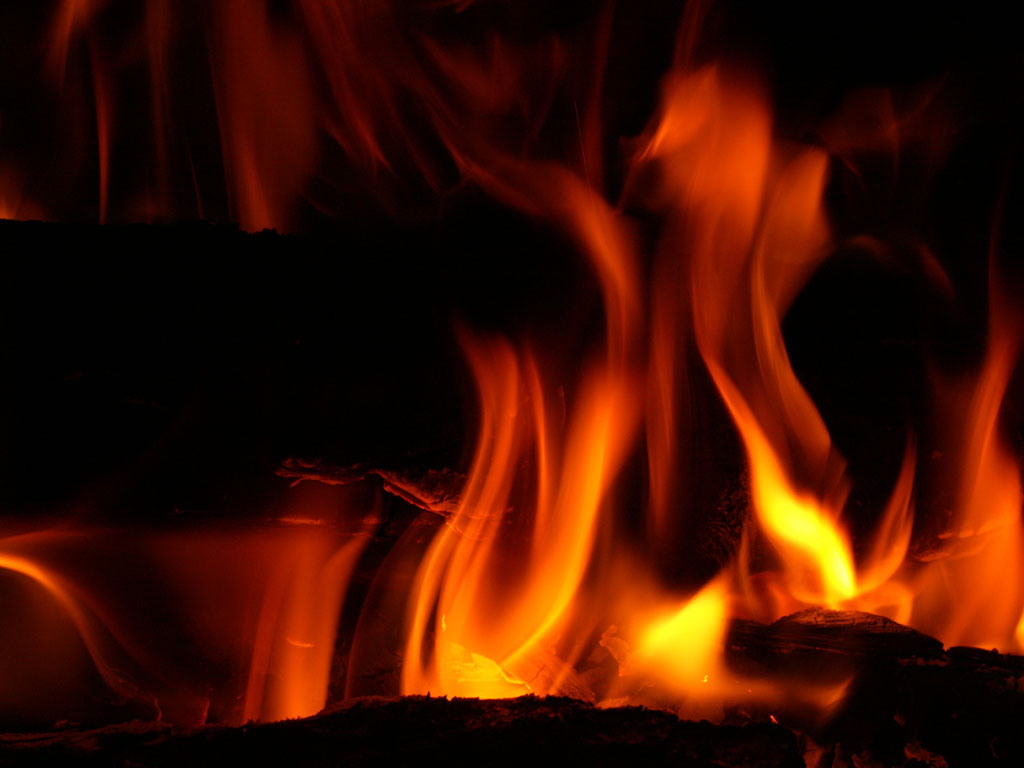
Sant Joan traditions: Fire
The most important element of the festival of Sant Joan is fire. The flame to light the fires is called the “Flama del Canigó,” which is taken to different villages every year. There are bonfires, called “hogueras” in Spanish or “fogueres” in Catalan everywhere in Barcelona and Catalonia. You can also participate in the rituals of fire purification to cleanse your sins and rid yourself of bad luck by burning something. There are several traditions you can follow. Old furniture is often used for the bonfire to symbolise a gesture of “out with the old – in with the new! Another is that you write down whatever you wish for, throw the note on the fire and then leap into the air three times. Another more dangerous tradition is to clasp the hand of your loved one, and leap together over a bonfire seven times. Then according to tradition you will live happily ever after. The fire jumping sounds like a tradition that is best forgotten. We have seen quite a few drunken revellers get badly burnt over the years when they tried to jump over big fires. If you don’t get over and fall back into the flames then you will get scars for ever after, not happiness.
Sant Joan traditions: Water
Water is an important element of Sant Joan. According to tradition, on the eve of Sant Joan, you can cleanse your sins in water which symbolises the baptisms of Sant John. According to legend, a swim will cure all your ails, aches and pains. Any water will do. You can swim in the sea, or in a lake, or even just bathe your face with the morning dew and you will be free of sin and completely cured of all ills. This seems to be a safer midnight tradition than jumping over bonfires. Don’t burn your sins – drown them. If you are on the beaches of Barcelona you will certainly not be the only one having a midnight-sin-swim. Thousands of students and young people are on the beaches of Barcelona – mostly on Bogatell and Mar Bella – for a huge beach party to celebrate the Nit de Sant Joan. Many of them swim their sins away with a dip in the sea at midnight. The water temperature of the Barcelona is around 22-23 degrees celcius in June, so it’s a pleasant experience taking an evening swim. Watching the Sant Joan sunrise is an important part of the Nit de Sant Joan and a fine excuse for partying all night. Sunrise is around 06.15 on 24 June.
Sant Joan traditions: Herbs
Herbs are a big element of Sant Joan. Herbs are said to have curative powers that become one hundred times stronger on the night of Sant Joan. Thyme, Rosemary and Verbena (the herb that gave name to the fiestas!) are collected and eaten on Sant Joan. The herb verbena was offered to the Gods in ancient times. It has a very powerful smell and some say it has aphrodisiac properties.
Sant Joan traditions: Fireworks – Petards – Petardos
There is a strong tradition of fireworks in Catalonia purportedly stemming back to the days of the arab invasions. Each barrio in Barcelona has its own firework display along with local all-night bonfires fuelled by collections of old furniture! In the barrios you will find dancing and celebrations in the plazas, street parties, music and entertainment. Firecracker – “petardos” – shops and huts spring up all over Barcelona and are usually open 10 days before the Night of Sant Joan. So be prepared for many small and big bangs on the days before Sant Joan. If you live in a crowded neighbourhood you can probably forget about taking a siesta.
Sant Joan traditions: Food
Food is usually a big part of any Catalan festival. For Sant Joan is a tradition to eat Catalan ‘Coca’ desserts. Coca consists of a bread base topped with with fillings of various kinds. The size of the bread should be twice as long as it is wide!

